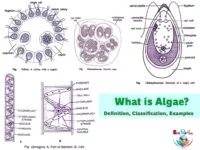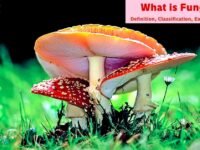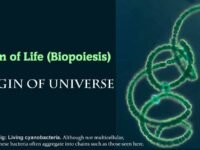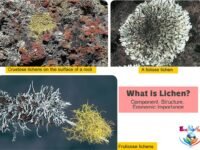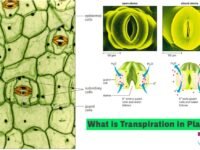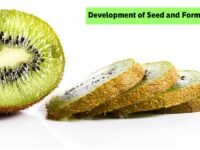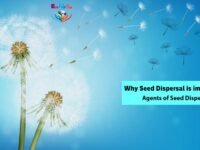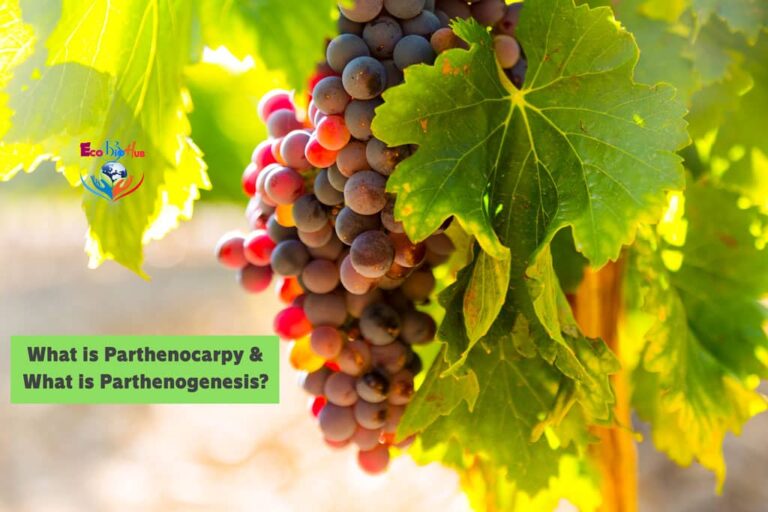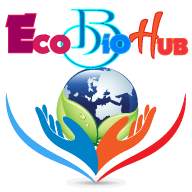In this tutorial, we have discussed what is parthenocarpy, parthenocarpy examples, and parthenocarpic fruits. Additionally, we have discussed ‘what is parthenogenesis‘.
TABLE OF CONTENTS
What is Parthenocarpy
In some plants, fruits are formed without fertilisation. Development of fruits without fertilisation is called parthenocarpy (Gk. parthenos = virgin, karpos = fruit, Noll, 1902) i.e., the phenomenon of development of ovary into the fruit without the act of fertilisation.
Such fruits are called parthenocarpic fruits and they are either seedless or contain nonviable seeds e.g., banana, guava, apple, pineapple, etc.
In some cases, the stimulus of pollination is required. The phenomenon is called stimulative parthenocarpy. In others, parthenocarpy occurs in unpollinated flowers. It is called vegetative parthenocarpy.
► Read More: What is Polyembryony and its Significance in Plants
► Read More: What is Apomixis and What is its Importance in Plants?
► Read More: Inflorescence Types || Racemose, Cymose, Mixed, Specialized
■ Parthenocarpy Example
Parthenocarpic fruits may be produced due to:
1. Absence of Pollination: Fruits are formed as a result of the development of the ovary without pollination, e.g., Banana, Pineapple, Citrus, etc.
2. Failure of Fertilisation: Fruits are formed due to the stimulus of pollination but without fertilisation, e.g., certain Orchids.
3. Zygotic Sterility: Such fruits are formed as a result of fertilisation followed by abortion of embryos, e.g., Peaches, Cherries, Grapes.
Natural parthenocarpy is found in Oranges, Cucumbers, and seedless Grapes. Most commonly cultivated varieties of Bananas and Pineapples are parthenocarpic.
4. Artificial Parthenocarpy: Especially, in seeded varieties of fruits, parthenocarpy can be induced by (i) the spraying of low concentration of auxin and gibberellin and (ii) low temperature.
Parthenocarpy is of great commercial value. The best varieties of fruits like Banana, Pineapple, Grapes, etc. are parthenocarpic. Seedless Tomatoes are produced parthenocarpically in the greenhouses.
Gustafon (1936) proposed that growth hormones like auxins and auxin-like substances are essential for the development of seedless fruits parthenocarpically.
■ Practical Applications of Parthenocarpy
The use of hormones to increase the fruit yield of a number of plants that are not easily pollinated is a practical possibility. Parthenocarpic fruits have a higher proportion of edible parts than normal fruits. As such, these fruits are used in the preparation of jams and fruit juices on a commercial scale.
■ How does parthenocarpy differ from agamospermy?
In agamospermy, embryo and seeds are produced asexually without involvement of fertilisation and meiosis.
■ Importance of Parthenocarpic fruits
➢ They do not contain irritant seeds which have to be removed before eating fruits.
➢ Fruits can be developed inside the green houses where pollinators are not available.
➢ Quicker food processing.
What is Parthenogenesis
— Process of development of seeds from unfertilised female gametes is termed as parthenogenesis. Seeds may be haploid or diploid (Gk. parthenos = virgin, genesis = descent).
— It is the development of a new individual from a single gamete without fusion with another gamete.
— In lower plants, both the types of gametes can undergo parthenogenesis but in higher plants, usually the female gamete shows this phenomenon.
— Depending upon the ploidy of the gamete, there are two types of parthenogenesis, diploid and haploid.
● In haploid parthenogenesis, the embryo sac and its egg are haploid. The egg grows to form haploid embryos. Such embryos do not survive in higher plants but in lower plants, the plant body is haploid so that haploid embryos have survival value.
● In diploid parthenogenesis, the embryo sac as well as its egg is diploid. It undergoes parthenogenesis and forms diploid embryo.
Diploid parthenogenesis is generally accompanied by failure of meiosis during megasporogenesis as well as the direct formation of embryo sac from a nucellar cell, e.g., Rubus, Poa, apple. In apples, self pollination promotes diploid parthenogenesis.


